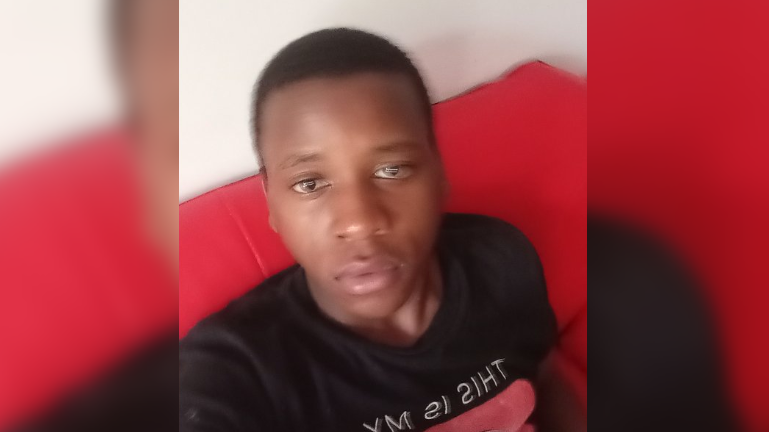Shooting highlights police trouble spotting autism traits
Posted Jul 22, 2016 08:24:21 AM.
Last Updated Jul 22, 2016 04:00:11 PM.
This article is more than 5 years old.
NORTH MIAMI, Fla. – The four North Miami police officers who aimed rifles at a black therapist and an autistic man in the middle of an intersection were responding to a 911 call about a suicidal man with a gun. The 27-year-old autistic man sat cross-legged. He yelled. He didn’t obey commands to lie down with his hands up, as the therapist was doing, and he fidgeted with a metal object.
One of the officers, Jonathan Aledda, thought the disabled man was about to shoot his therapist Charles Kinsey, who was trying to coax him back to a nearby group home, the officer’s union said. The officer fired three shots at the disabled man because he thought he was a threat, but he missed and accidentally struck Kinsey in the leg.
The metal object turned out to be a toy truck and there was no suicide threat. The Florida Department of Law Enforcement has taken over the investigation. Meanwhile, a police commander was suspended for allegedly fabricating information about the shooting.
Monday’s shooting was the latest in a violent month of police shootings, but it also highlights the difficulties officers have in identifying people with autism. The characteristics of autism range from mild quirks or obsessions, to people who can’t communicate, yell and occasionally become violent.
National groups such as the Autism Society and Autism Speaks help train officers, paramedics and other first responders to recognize autistic traits.
“This is not Down syndrome — autism is not a disorder that is visual,” said Teresa Becerrra, executive director of the Autism Society’s Florida operation.
Becerra said she watched cellphone video of the moments before the shooting and believed she probably would have recognized that Kinsey’s client was autistic.
“But I have been highly trained,” she said.
She said she understands why police may have missed the signals, even though the therapist said he told officers the man was autistic and that he had a toy truck.
For 10 years, she has been educating South Florida officers with the help of her 20-year-old autistic son Robert, whom she said is much like the man in the video in that he can be loud and not follow orders.
“When Robert is not walking on his tip toes and not flapping his hands, we look just like a mom and her 20-year-old son walking down the street. But give it three minutes and they will learn that it can be very hairy being in public with my son,” she said.
She said she has trained North Miami officers, but doesn’t know if the ones involved in the shooting have taken her classes.
City Manager Larry Spring Jr. said Friday that commander Emile Hollant is suspended without pay for allegedly fabricating information about the shooting, but he declined to give specifics.
Aledda, whose race hasn’t been released, has been placed on paid administrative leave.
Pensacola police Sgt. Jimmy Donohoe, who also teaches classes for the Autism Society, said officers shouldn’t be expected to be “roadside clinical evaluators” — but there are characteristics to recognize. He has a 23-year-old son who is autistic.
Like Becerra’s son, he said people with autism often flap their hands when upset or repeat words that have been spoken to them.
“The officer might say, ‘Put your hands on the car’ and the person will respond ‘Put your hands on the car,'” he said.
If an officer doesn’t recognize that behaviour as autism, he could think the person is talking back. The situation could escalate and some people with autism react violently when touched, Donohoe said.
“One of the things we stress is officer safety. In these instances, they need to be more aware that the person is more likely to react spontaneously, even if unprovoked. You are dealing with the unexpected,” he said.
Donohoe said he tells officers and firefighters that their uniforms can be scary and trigger an emotional meltdown. He said he tells them to stay calm and slow down their actions, realizing it takes people with autism longer to process information.
“By being a little more patient, the situation will work itself through,” he said.
Becerra said she suggests that officers hand the autistic person a cellphone or other device.
“Our kids love electronics,” she said.










